Feature article
The Evolution of an Icon: Classic vs. Contemporary Volkswagen Kombi
Classic vs. Contemporary: The iconic VW Kombi reimagined as the all-electric ID. Buzz.

Not many people get excited about vans, unless you’re talking about the Volkswagen Kombi. Introduced in 1950, it was Volkswagen’s second ever model, hence its original name, the Type 2.
It was churned out as a commercial vehicle initially but people carrying buses soon followed. These gained a massive following over the years, and those that survived the decades have subsequently become highly desirable classic machines.
Volkswagen has recently attempted to recapture some of that love with its latest VW bus, the ID. Buzz, an electric powered people mover whose styling borrows heavily from the past.
Here’s how old and new stack up.
Pricing & value over time
Classic Kombi values have surged over the past decade. Early split-window (T1) and tidy bay-window (T2) vans that were once cheap campers now command serious money, with well-restored examples regularly achieving six-figure sums depending on provenance and specification. Special models (Samba/23-window, Westfalia campers) sit at the top of the tree.
While the Type 2 vans and buses were relatively affordable when first released in their main markets, the new ID. Buzz is pitched as a premium vehicle, with prices to match. In New Zealand the ID.Buzz Cargo starts at $114,990, while the passenger carrying ID. Buzz Prod starts at $129,990. Like most new vehicles expect the Buzz to depreciate in the coming years. Some electric vehicles have suffered poor residual value due to the roller coaster market situation induced by the coming and going of incentives and subsequent discounts offered by some brands to move lingering stock. The Buzz could prove less susceptible given they will be sold in limited numbers here and that it has strong brand equity and desirability.
Reliability
Key to the original’s success was its simple yet reliable mechanicals, given regular maintenance. The air-cooled engine positioned in the rear gives it a certain charm but requires the usual valve adjustment, carb tune-ups and vigilant oil checks. Most Kombis have been lost to rust, rotting out in the sills and floors. They were popular surf wagons, and salt air wasn’t kind to them. Any restoration of a Kombi, even one in an okay condition, is going to cost a hefty sum if you’re paying the pros to do it.
The ID. Buzz should prove rather reliable, given its electric powertrain requires less servicing than a conventionally powered ICE vehicle. And buying new means you get scheduled servicing for the first three years or 45,000km of ownership. And you’re covered by a five-year/150,000 km new vehicle warranty. If something does go wrong, there is also five-years of Volkswagen roadside assistance. And rust won’t be such an issue for the ID. Buzz with its 12-year anti-corrosion warranty.
Safety
Classic Kombis were designed when seatbelts were still to make the list of standard features. When driving a Type 2, there are no crumple zones, just a thin bit of sheetmetal between your legs and the outside world. The chances of surviving a head on crash in a Kombi are slim to none.
The ID.Buzz is built to modern safety standards with a raft of active and passive safety features; multiple airbags, AEB, lane-keep, blind-spot monitoring, stability control, and actual impact absorbing crash structures.
Interior and exterior features
The Type 2 has a minimalist charm upfront with its pencil thin pillars, panoramic glass and a simple metal dash. The steering wheel is huge, sitting almost horizontally in your lap, while the seat has a springy nature, helping you ride out the bumps along the way. There are plenty of noises and vibration accompanying the drive. Side doors can either be hinged or on sliders, opening up the rear for easy access. The ultimate in versatility is the camper, the interior able to be transformed from living room to bedroom.
The ID. Buzz shows its lineage with its styling, a cool modern take on the original, especially when wearing a two-tone paint scheme. Inside it too is minimalist upfront thanks to a fully connected infotainment touchscreen. It still has a van-like driving position, but the ergos are so much more friendly. It’s quiet inside, and easy to drive. In the rear, there are many different ways to configure the seating, and now the sliding doors are power operated.
Fuel efficiency
Classic air-cooled Kombis deliver period-correct thirst; think roughly 10-12L/100km, worse when loaded up and hitting winding coastal roads. While it gets along fine at a constant 100km/h on the highways, it’s not a torque monster, taking its time up hills.
The ID. Buzz has ample torque from its electric motor, giving it effortless pull. While it has a large battery, don’t expect much more than 350km of touring range with energy consumption of around 22kWh/100km. It does fast charge at rates of up to 145kW on DC, though charging at home is so much more convenient.
New or old?
Realistically, the new and old VW Kombi aren’t really comparable at all. While decades separate them in terms of production dates, they are light years apart in terms of engineering. What they share in common is a large price tag, meaning they remain a proposition for a select few.
Author
Other articles you might like
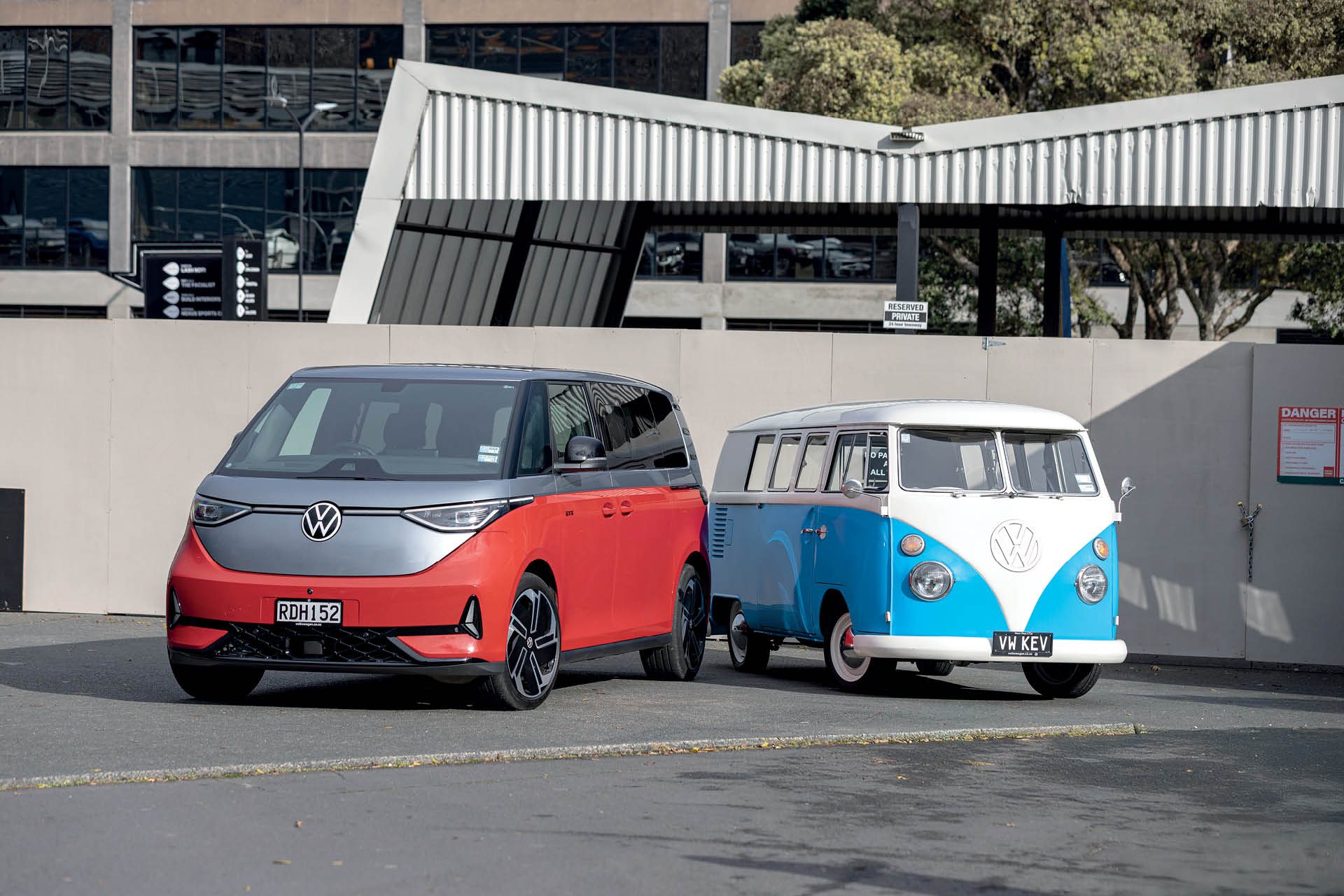
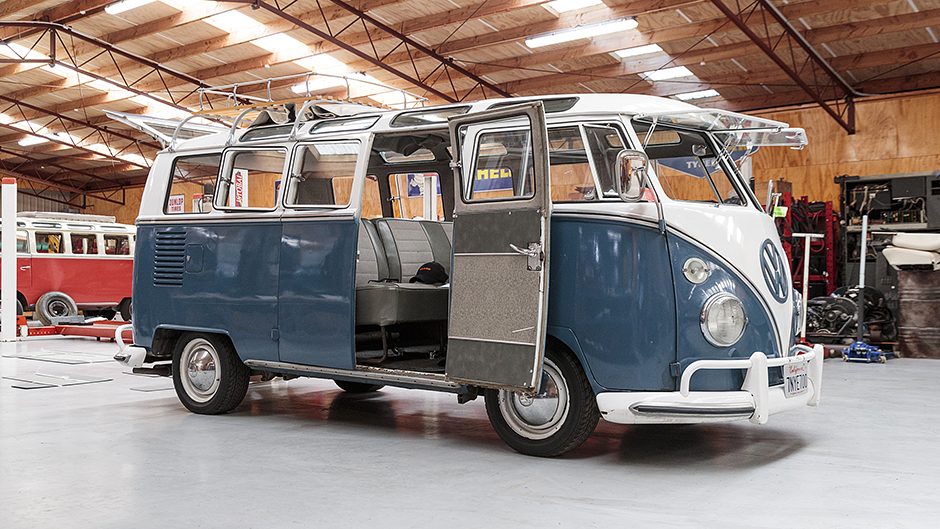
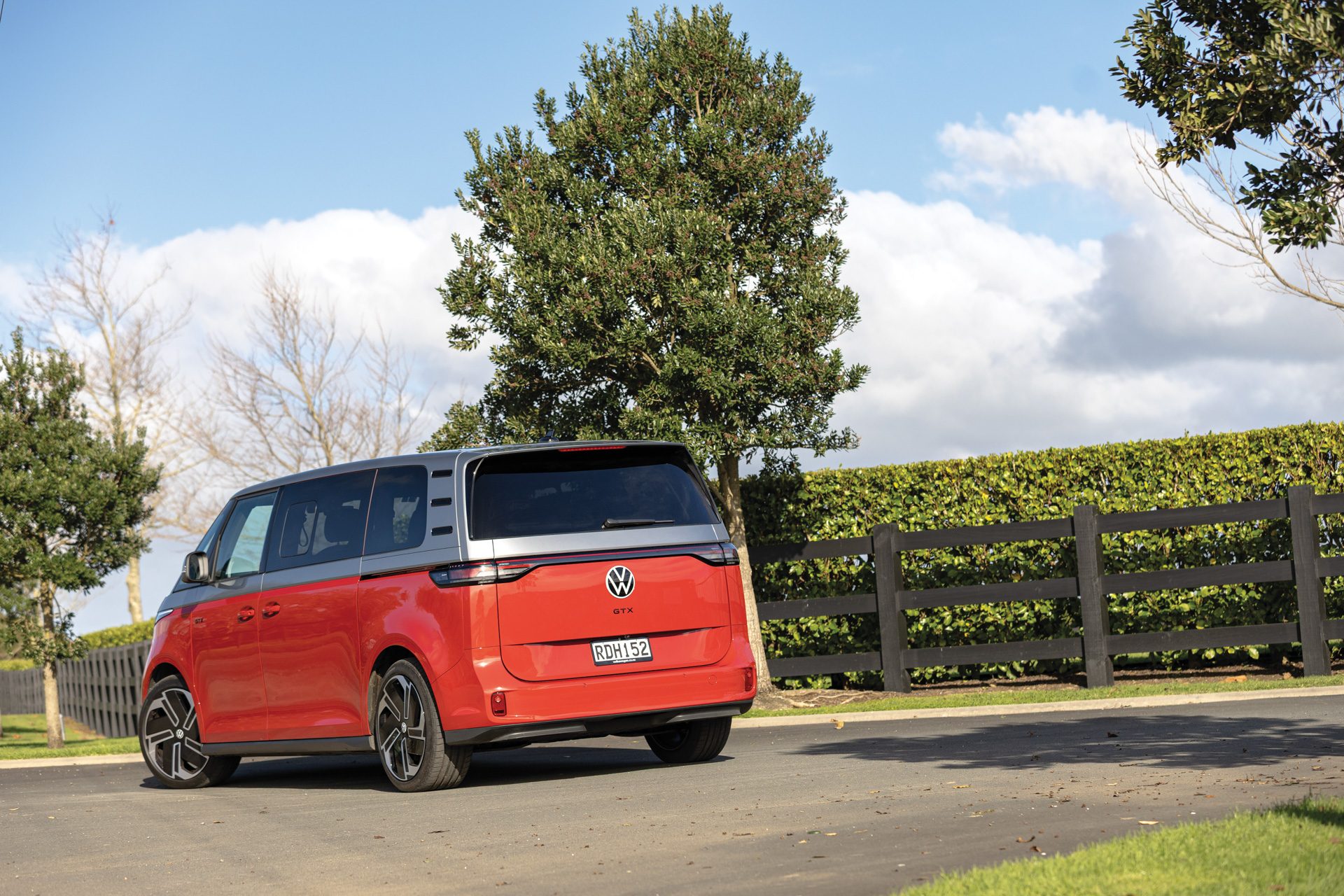
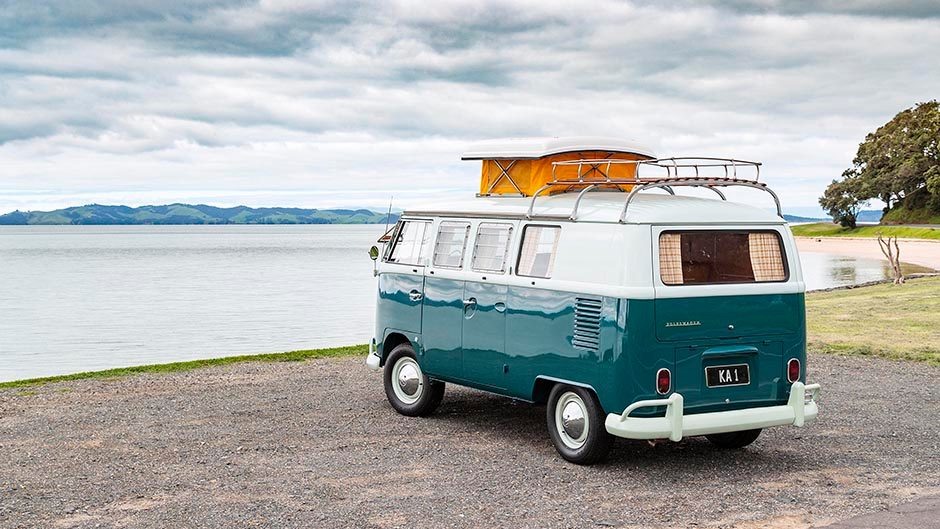
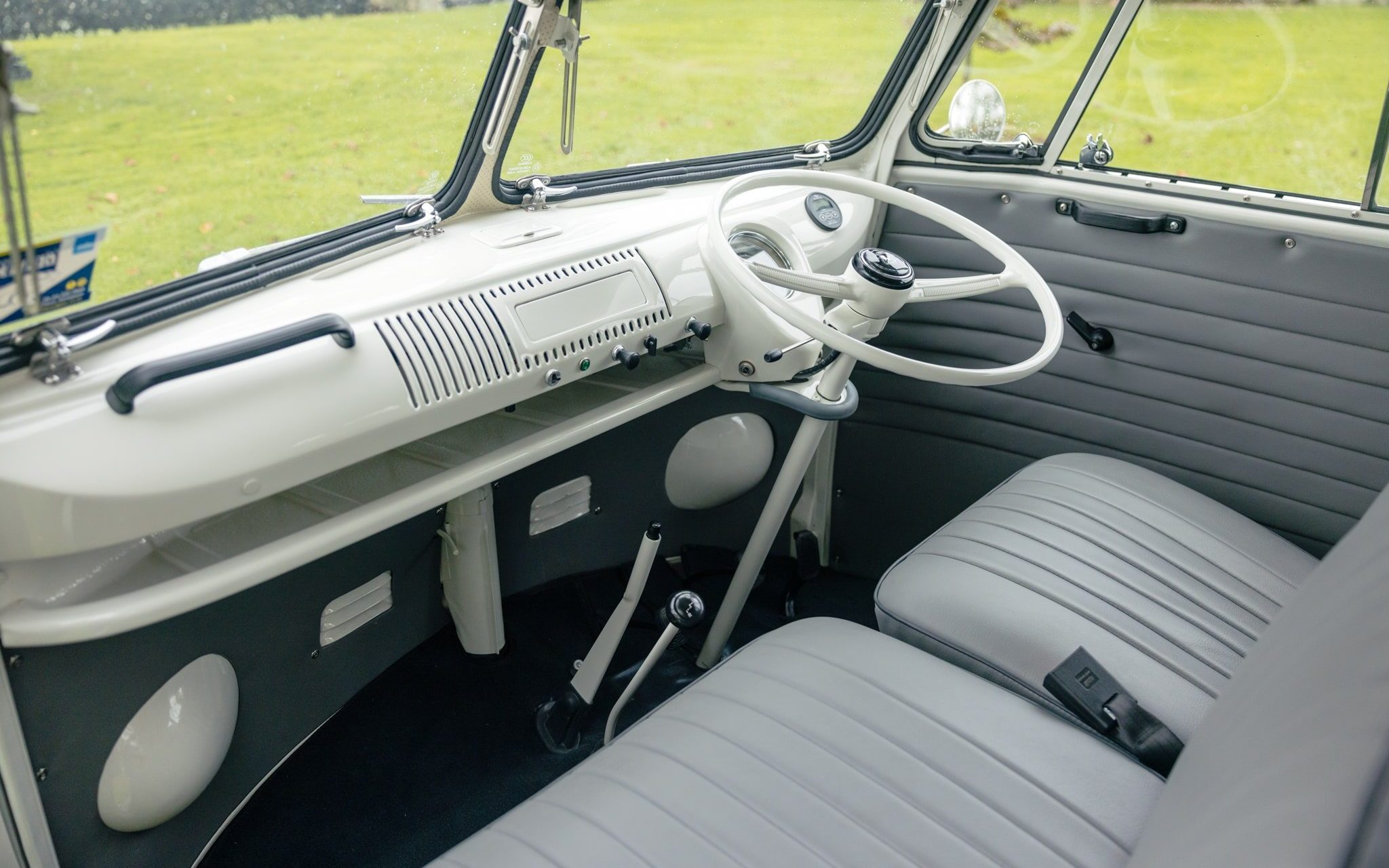
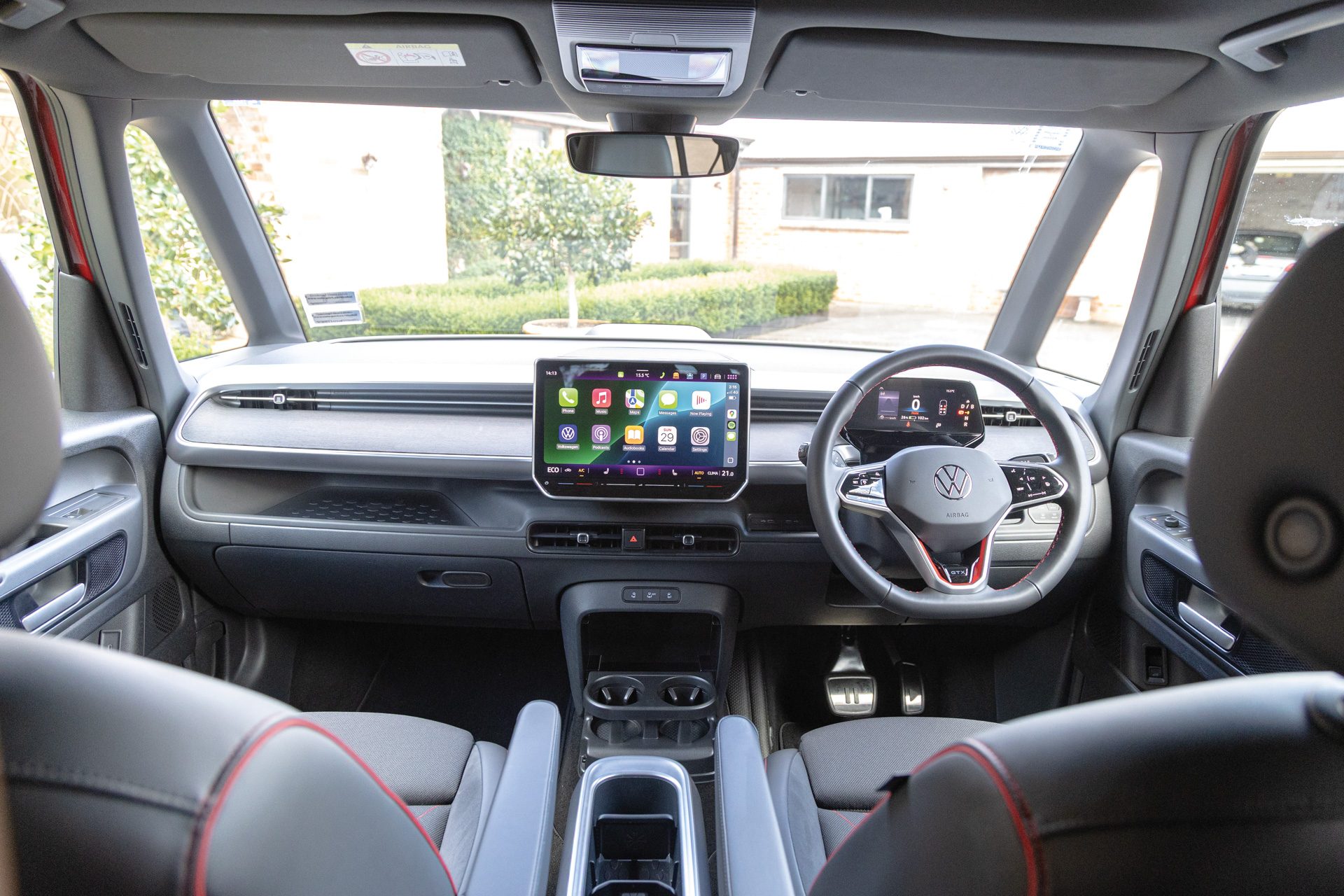
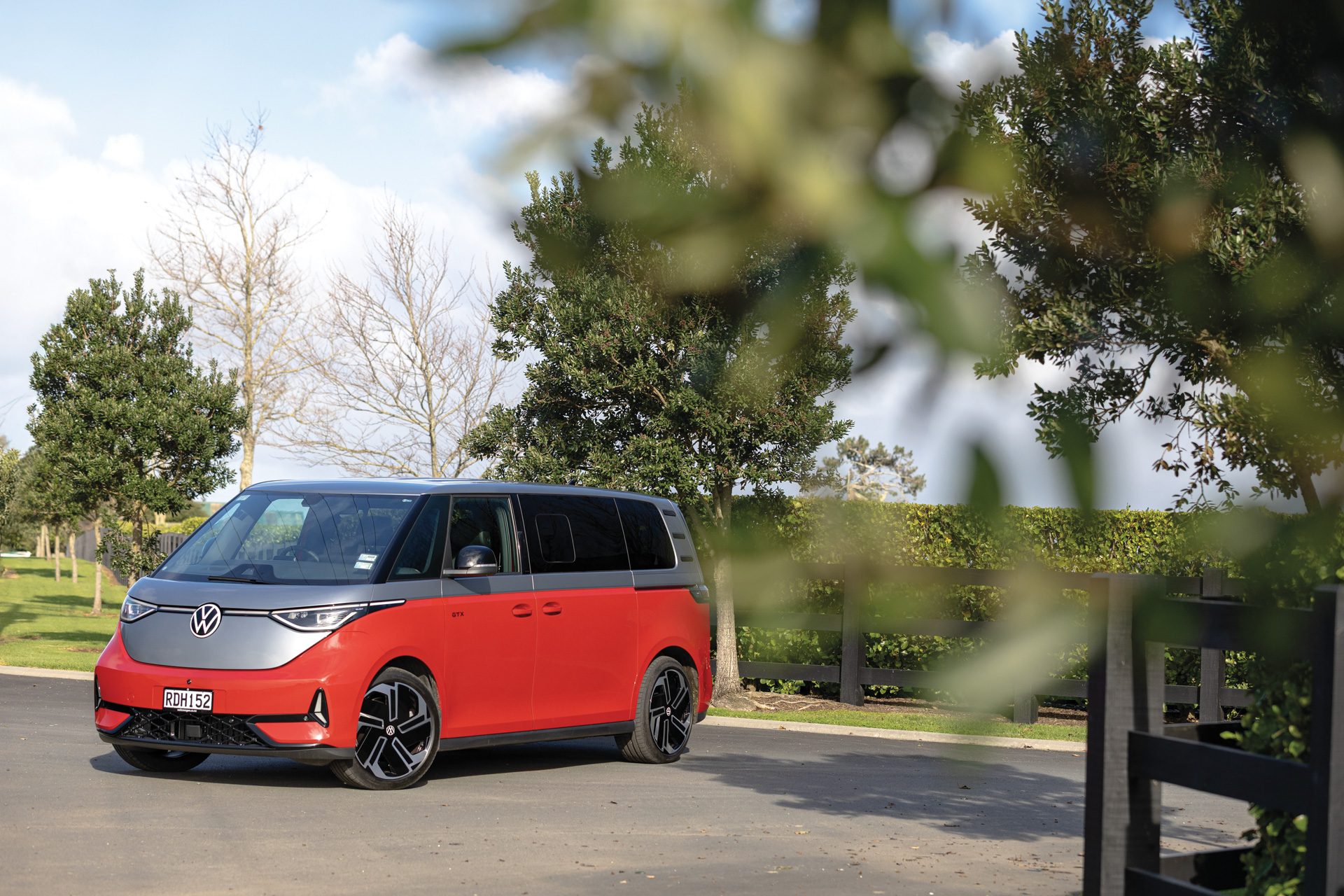
.jpg)



